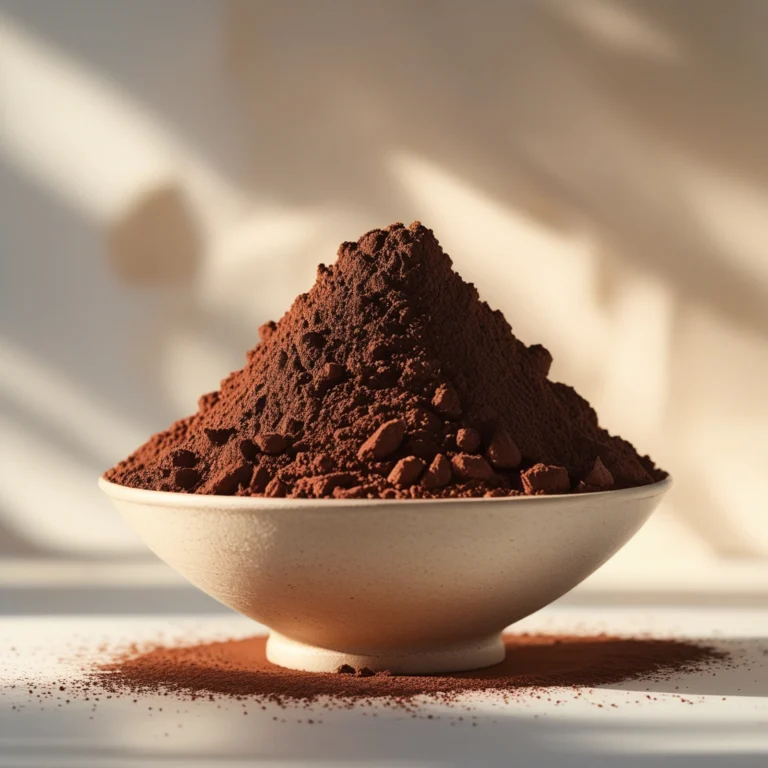Diet and Menopause: Tips for Balanced Nutrition and Wellness
Introduction
Diet and Menopause: Tips for Balanced Nutrition and Wellness. As life expectancy increases, the number of menopausal women worldwide is increasing, with an estimated 1.2 billion worldwide by 2030. In a woman’s life, menopause can be said when menstruation no longer occurs within a year after the last period. This usually happens between 45 and 55 years of age. Menstrual irregularities, including amenorrhoea, can even last for years; such a period is called perimenopause. Hormonal changes, which cause both somatic and psychological changes, begin even earlier, which is the period of menopausal change associated with the loss of fertility in women over 40 (‘menopausal transition’).

Menopause is associated with an increased prevalence of obesity, metabolic syndrome, cardiovascular diseases, and osteoporosis. These diseases and unfavorable laboratory values, which are characteristic of this period in women, can be significantly improved by eliminating and reducing dietary risk factors. Changing dietary habits during perimenopause is most effectively achieved through nutrition counseling and intervention. To reduce the risk factors of all these diseases, and in the case of an already existing disease, dietary therapy led by a dietitian should be an integral part of the treatment. The following review summarizes the recommendations for a balanced diet and fluid intake, the dietary prevention of cardiovascular diseases, the role of sleep, and the key preventive nutrients in menopause, such as vitamin D, calcium, vitamin C, B vitamins, and protein intake. In summary, during the period of perimenopause and menopause, many lifestyle factors can reduce the risk of developing all the diseases (cardiovascular disease, insulin resistance, type 2 diabetes mellitus, osteoporosis, and tumors) and symptoms characteristic of this period.
Keywords: menopause, perimenopause, dietetics, cardiovascular risk, healthy lifestyle, nutritional status, medical nutrition therapy, healthy eating guidelines
Basic Dietary Guidelines for Menopause
During menopause, eat a variety of foods to get all the nutrients you need. Since women’s diets are often low in iron and calcium, follow these guidelines:Get enough calcium. Eat and drink two to four servings of dairy products and calcium-rich foods a day. Calcium is found in dairy products, fish with bones (such as sardines and canned salmon), broccoli, and legumes. Aim to get 1,200 milligrams per day.
Pump up your iron. Eat at least three servings of iron-rich foods a day. Iron is found in lean red meat, poultry, fish, eggs, leafy green vegetables, nuts, and enriched grain products. The recommended dietary allowance for iron in older women is 8 milligrams a day.
Get enough fiber. Help yourself to foods high in fiber, such as whole-grain breads, cereals, pasta, rice, fresh fruits, and vegetables. Most adult women should get about 21 grams of fiber a day.Eat fruits and vegetables. Have at least 1 1/2 cups of fruit and 2 cups of vegetables each day.
Read labels. Use the package label information to help yourself make the best choices for a healthy lifestyle.Drink plenty of water. As a general rule, drink eight glasses of water every day. That fulfills the daily requirement for most healthy adults.
Maintain a healthy weight. If you’re overweight, cut down on portion sizes and eat fewer foods that are high in fat. Don’t skip meals, though. A registered dietitian or your doctor can help you figure out your ideal body weight.
Can a healthy diet help menopause symptoms?
Diet and Menopause: Tips for Balanced Nutrition and Wellness Researchers have explored healthy dietary patterns such as a Mediterranean-style diet for managing menopausal symptoms. Limited evidence suggests that following a Mediterranean-style diet may help to improve some of the short-term menopausal symptoms such as vasomotor symptoms – these include hot flushes (sudden feelings of hot or cold in your face, neck and chest) and night sweats. There has also been some research in women of menopausal age into the benefit of healthy dietary patterns on cognitive symptoms such as low mood and depression.
Although studies suggest following a healthy dietary pattern may help with managing short-term menopausal symptoms like vasomotor symptoms, we still don’t have strong evidence. The good news is that a healthy, varied diet and a healthy lifestyle before, during and after menopause can help protect our bone density, reduce the risk of heart disease and support a healthy weight.
Why is healthy eating important during menopause?
Healthy eating is an important part of caring for yourself during menopause. It gives your body nutrients you need, like calcium and vitamin D. It helps you stay at a healthy weight. And it can reduce your risk for health problems that are more common after menopause, such as heart disease and osteoporosis.
Eating healthy during menopause
Here are some things you can do to eat healthy during menopause.
- Eat a heart-healthy diet.
Choose foods like vegetables, fruits, nuts, beans, fish, and whole grains. Limit foods that have a lot of salt, fat, and sugar. - Choose foods that have a lot of calcium.
These include milk, cheese, yogurt, and calcium-fortified orange juice, fortified soy beverage, and tofu. Other sources of calcium include canned sardines, canned salmon with bones, and leafy green vegetables such as broccoli, kale, and Chinese cabbage. Between the ages of 19 and 50, you need 1,000 milligrams (mg) of calcium a day. At 51 and older, you need 1,200 mg a day. - Eat foods that are good sources of vitamin D.
Vitamin D helps your body use calcium. Foods that have vitamin D include salmon, tuna, and mackerel. Vitamin D-fortified foods like milk, soy beverage, orange juice, and cereal are also good sources. Between the ages of 19 and 70, the recommended dietary allowance (RDA) is 600 international units (IU) of vitamin D a day. At age 71 and older, the RDA is 800 IU a day. - Most Canadians do not get enough vitamin D from food or sun and need supplements.
- Alberta Health Services recommends:

Products with electrical plugs are designed for use in the US
Ddrops 1072834 400 IU Liquid Vitamin D3 Drops for Babies, 0.08 Fl. Oz (Pack of 4)

Bone Support: Thorne Vitamin D3 supports healthy bones, teeth, muscles, and cardiovascular health, while.
THORNE Bone Health Bundle – Vitamin D3 & Vitamin K – Supports Healthy Bones, Teeth Muscles, Cardiovascular, and Immune Function – 30 to 60 Servings

D3+K2 – BETTER TOGETHER: On their own, Vitamins D3 and K2 are essential micronutrients, but together, they’re an essential team. Vitamin D3 helps your body absorb calcium, while vitamin K2 directs calcium to your bones instead of joints and arteries, where too much calcium could be problematic. Not that’s teamwork!
Sports Research Vitamin D3 K2 with Coconut Oil, Vegan Biotin 10,000mcg with Coconut Oil & Phytoceramides 350mg per Softgel Plant Derived Ceramides for Healthy Skin and Hydration.
- Adults aged 19 to 50 take a vitamin D supplement of 400 IU each day.
- Adults over age 50 take a vitamin D supplement of 1,000 IU each day
- Do not take more than 4,000 IU of vitamin D a day as a supplement without talking to your healthcare provider first.
- Limit caffeine. Caffeine can cause sleep problems. It can also make you feel anxious. If you are bothered by symptoms like these, you may be getting too much caffeine. Caffeine is found in coffee, tea, energy drinks, and foods and drinks that contain chocolate.
- Limit your intake of alcohol. Alcohol may make menopause symptoms worse.






